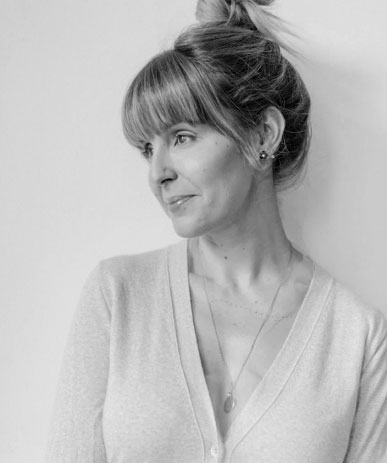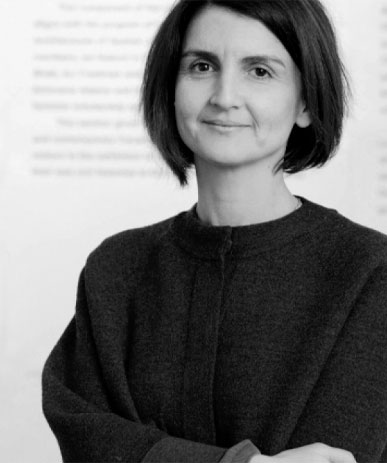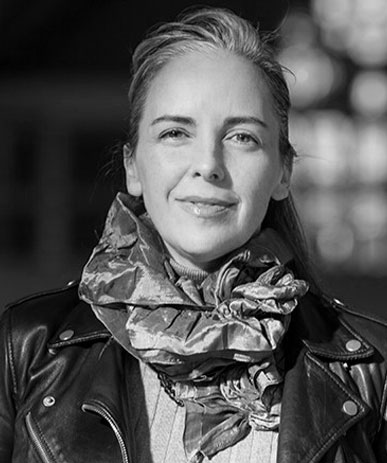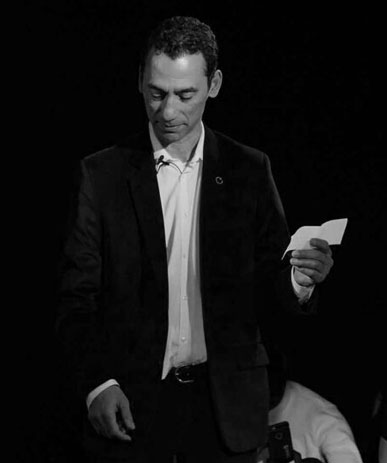CASE STUDIES
Restorative Justice
* For image references, please scroll to the bottom of the page.
Author of case study: Greg Labrosse
Geopolitical location of space:
Montes de María
Departments of Sucre and Bolívar
Extant? Yes
Architect:
The design process was led by Centro Ático, a design studio at the Javeriana University in Bogotá, and Estudio Mapping, a multidisciplinary design studio also based in Bogotá.
The actual design began in 2013 and lasted for five years. Activities are ongoing.
The idea for the museum started in 2011 as a collaborative research project between the Línea 21 Communications Collective of Montes de María and the Narrators of Memory Collective, which included the participation of men, women and children from seven different municipalities of the region. The actual design began in 2013 and lasted for five years. The design process was led by the Centro Ático, a design studio at the Javeriana University in Bogotá, and was actively supported by several international organisations: the Spanish Agency for International Development Cooperation (AECID); the Catalan Agency of Cooperation to the Development (ACCD); the Movement for Peace (MPDL); and the Embassy of France.
The objective of the museum is to foster dialogue, reconciliation, non-repetition, and meaning-making within the communities of the Montes de María region.
It is designed as an exhibition and sharing/dialogue/learning space.
Its activities are mostly directed to the communities of the Montes de María region, but as a museum, it is open to all.
The museum is public.
The Museum defines itself as a platform for symbolic reparation where the public and political voices of the communities affected by the armed conflict in the territory of Montes de María are recovered. Montes de María is a cultural and geographical subregion of the Caribbean coast of Colombia. It covers an area of 2,677 km2, encompassing fifteen municipalities of the departments of Sucre and Bolívar. The territory has been one of the most affected by Colombia’s armed conflict. Between 1985 and 2017, a total of 3,197 selective murders, 117 massacres, and 234.098 forced displacements were registered there, as per data provided by the National Center of Historical Memory. The violence in the region stems primarily from the conflicting interests of different groups aiming to exploit the territory’s environmental wealth and its strategic geographical position.
The museum is itinerant and participatory. Its structure is made of wood, which makes it possible to disassemble and relocate. Since 2019, it has traveled to five different municipalities of the region. The total weight of the complete structure is 35 tons; it is 18 meters long, 12 meters wide and 5 meters in height. The physical structure houses the “tree of life” from which 700 leaves with the names of the victims hang; there are also testimonies of the conflict. The winged shape lateral roof emulates the flight of the mochuelo, an emblematic songbird of the region, with the purpose of giving prominence to the oral histories of the region’s victims.
The museum was created to be itinerant because this enables an active participation of the communities in its activities. As such, it aims to foster social mobilisation, public formation and visibility throughout the Caribbean region as well as other areas of the country. Its mobility makes it easier for communities to generate articulating mechanisms of self-representation and symbolic reparation, central in the construction of dignifying life projects and autonomy in the territory.
The Itinerant Museum of the Memory of Montes de María is designed as a space composed of three dimensions that form a unified whole: Territory—the particular characteristics of the geographical region; Memory—the right of the citizens to participate in the telling of their own story as a necessity of non repetition; Communication—the exercise of the right to advocate for the transformation of a territory forced to live with the burden of its tragic history. The museum, thus conceived, becomes a form of resistance to the erasing of memory, as well as a mechanism for non-repetition, by virtue of its pedagogical component, which promotes the community’s social reconstitution.
The museum’s programming not only includes a tour of the different exhibition spaces, but also presentations from local artists, singers and community groups, who add their voices to the testimonies and artifacts on display. These activities are coordinated by a large number of volunteers, mostly high school and university students from the region who have been trained as guides. The majority of the museum visitors are local residents (of all ages), but despite its relatively small scale, national and international participants have also been involved in the museum’s processes.

is an author, speaker, columnist, and podcaster in the fields of architecture and decorative arts. She is completing her MA in Art History at Concordia University, Montréal, and holds a Bachelor of Commerce with a major in Marketing from John Molson School of Business. She studied Industrial Psychology in Los Angeles, California. Sicotte is the author of two published books on design (2015, 2018) published by Les Éditions Cardinal.

is a Colombian PhD candidate in the Department of Art History at Concordia University. She has a background in architectural design and community activism and holds a master’s degree in Building and Urban Design from the Bartlett School of Architecture in London, England. Her interests focus on socially-engaged art, social movements, collaborative activism in post-conflict scenarios, collectively-produced art, and art produced in relation to the built environment.

is a PhD candidate in Humanities at Concordia University. His research focuses on spatial agency, social aesthetics, youth narratives, and graphic representations of urban memory. He has published on the relationship between children, play, and public space in Cartagena, Colombia. He has also worked as an editor on literary projects, including Territorio Fértil, which received the María Nelly Murillo Hinestroza award for Afro-Colombian literature.

is Associate Professor and Canada Research Chair in Architectures of Spatial Justice (Tier 2) at the Peter Guo-hua Fu School of Architecture at McGill University, Montréal, Québec, Canada. Her research interests include low-income housing and participatory design, civil protest and urban design, and campus landscapes and race. Her publications include the co-edited book, Orienting Istanbul (2010) and solo-authored book, Istanbul Open City (2018).

is an artist and a professor of Art History at Concordia University. Her work focuses on women and the history of the built environment, urban landscapes, research-creation, and oral history. She has published on the spatial history of the suffrage movement, public art, gardens, and the politics of urban change. In addition to her research on the spaces of restorative and transitional justice, she is leading an oral history project on the urban memories of diverse Montrealers.

is Associate Professor in the Department of Theatre at Concordia University, Montreal (Quebec, Canada). He is also the second co-director of Concordia’s Centre for Oral History and Digital Storytelling. His latest publications explore listening in the context of post-conflict performances of memory. For instance, see ‘Facilitating voicing and listening in the context of post-conflict performances of memory. The Colombian scenario.’ In: De Nardi, S., Orange, H., et al. Routledge Handbook of Memoryscapes. Routledge: London. (2019), and his article ‘Not being able to speak is torture: performing listening to painful narratives’. International Journal of Transitional Justice, Special Issue Creative Approaches to Transitional Justice: Contributions of Arts and Culture. (March, 2020)